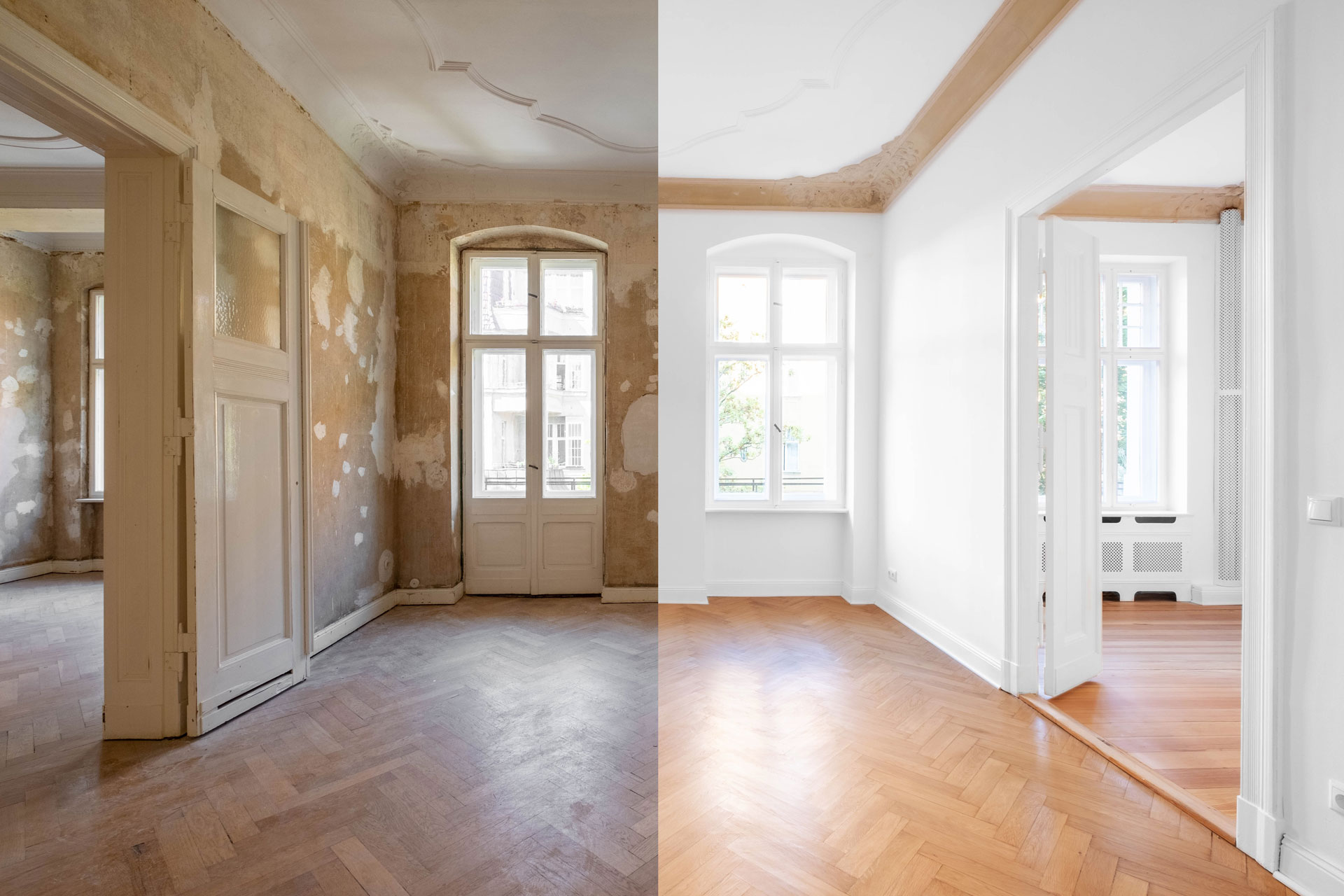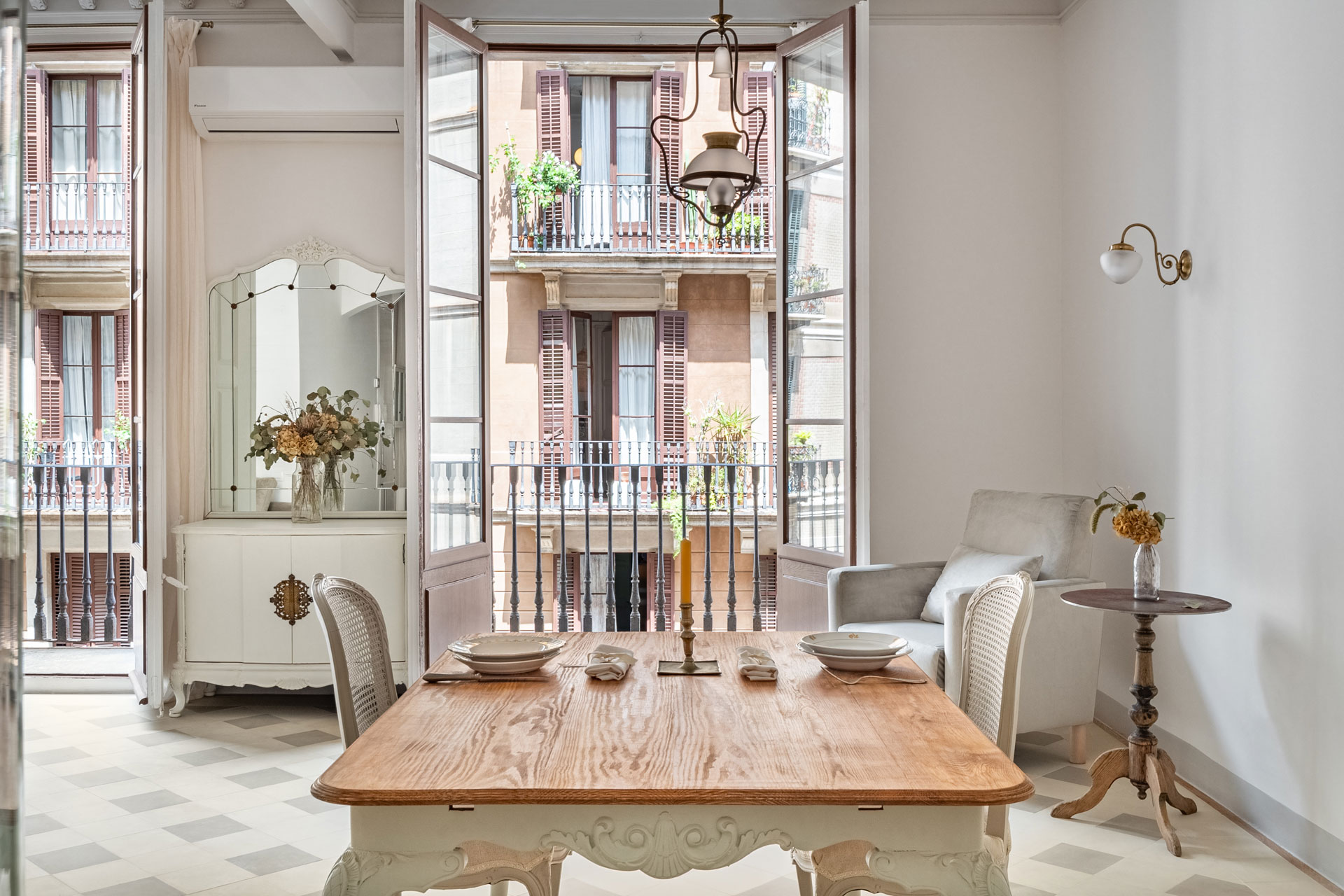Retiring abroad is no longer just a dream for a few adventurous souls. Increasingly, Americans are exploring the idea of spending their retirement years somewhere sunnier, calmer, and more affordable. Spain has become one of the top destinations on that list — and within Spain, the region of Valencia offers a unique combination of comfort, access, culture, and lifestyle that’s hard to match.
Whether you picture yourself walking along the beach in Jávea, strolling through Valencia’s old town, or sipping coffee on a quiet terrace in Altea, the appeal is clear. But the question is not just why you’d retire in Valencia from the US — it’s how. This article is here to walk you through the real process, the choices you’ll face, and how to prepare.
The first thing most people ask is: should I choose Valencia city or somewhere on the Costa Blanca? And the answer depends on who you are and how you want to live. Valencia itself is a vibrant mid-sized city with a very livable pace. It’s walkable, clean, well-connected, and full of green spaces, cafés, public transport, and world-class healthcare. It’s not overwhelming like Madrid or Barcelona, but not sleepy either. There’s art, music, a growing international community, and life at every corner.
Just outside the city — in areas like Rocafort, Godella, or La Cañada — you’ll find more residential neighborhoods with houses, gardens, and often bilingual schools and international clinics nearby. These suburbs offer a sense of space without disconnecting you from the city. Many American retirees enjoy the balance: proximity to Valencia’s culture and healthcare, while enjoying the calm of a residential community.
And then there’s the Costa Blanca — a stretch of Mediterranean coastline that includes picturesque towns like Denia, Moraira, Calpe, Altea, and even larger cities like Alicante. These areas have long attracted expats, especially from the UK and Germany, but Americans are catching on. The pace of life is slower, the air is clean, and sea views are everywhere. Some areas feel more touristy, others more local. Choosing the right town really depends on whether you want an active community or quiet seclusion, a modern apartment or a villa with a garden, or access to hospitals and international services.
Retirement in Valencia or on the Costa Blanca isn’t just about where you live — it’s also about how you live. American retirees are often surprised by how many leisure options are available, not just for relaxing, but for staying active, social, and engaged. Sailing is a popular pastime thanks to the region’s year-round sunshine and beautiful marinas in Valencia, Denia, or Altea. Golf enthusiasts will find top-tier courses like El Bosque or La Sella, many of which offer senior memberships and a strong expat presence. If wellness is your priority, you’ll find countless yoga and Pilates studios, often with bilingual instructors, as well as walking clubs and swimming facilities tailored to older adults. Lifelong learning is also a growing trend, with cultural centers, cooking classes, Spanish language courses, and university programs for seniors available in both the city and coastal towns. Whether you’re looking to keep fit, meet people, or explore new hobbies, retirement here offers much more than rest — it’s an open invitation to enjoy life at your own pace.
So how do you go from imagining your retirement in Spain to actually moving to Valencia or relocating to Costa Blanca? The first step is planning, and the most important part of planning is understanding the legal and administrative framework — especially the visa process.
For American citizens, the most common route is the Non-Lucrative Visa (NLV), which allows you to live in Spain without working locally, provided you can show sufficient financial means. It’s designed for retirees or anyone with passive income. The process begins at the Spanish consulate in your home state and includes financial documentation, a medical certificate, proof of health insurance, and more. Once approved, you enter Spain with a visa and later convert it into a residency card.
But it doesn’t stop there. Once you’re in Spain, you’ll need to get a NIE (a foreigner ID number), open a local bank account, possibly transfer or exchange funds, and sign contracts for utilities, healthcare, or property. Each of these steps can feel overwhelming — especially when done in a language you don’t speak fluently or within a system you’re unfamiliar with.
That’s where our relocation services come in. At Livin’Valencia, we help make this transition smoother by guiding you through each administrative step. We work with reliable legal experts, help with NIE applications, coordinate appointments, and even assist with bank account setup and insurance policies. We’ve done it ourselves and we know the common roadblocks. Our goal is not just to explain the paperwork but to handle it with you — so you can focus on starting your new life, not fighting bureaucracy.
And what about your home? That’s another big decision. Many American retirees wonder whether they should rent first or buy right away. Both options are valid. Renting for a few months can give you the time and space to explore different neighborhoods and lifestyles before committing. It’s also useful if you’re still waiting for your residency card or getting a feel for the local healthcare system.
On the other hand, buying has its benefits too — especially if you’re clear about your goals. Property prices in Valencia and Costa Blanca remain attractive compared to major US cities. There are no restrictions on foreign buyers, and the transaction process, while different from the US, is secure when handled properly. The key is to avoid rushing or relying on biased agents. With our home buying services, we act as property hunters and advisors — not salespeople. We help you define your needs, filter out misleading listings, arrange legal checks, and negotiate transparently. We also help with post-sale services such as renovations, setup of utilities, and managing the property when you’re away.
Imagine this: You’ve moved into a two-bedroom apartment near the Turia park in Valencia. Your mornings begin with a café con leche on your balcony. You walk to the local market for fresh produce. Healthcare is nearby, public transport is easy, and your days are spent enjoying music, culture, and Mediterranean life. Or maybe you’re in a small villa just above Altea, looking at the sea from your terrace, with neighbors who greet you in three languages and time to pick up new hobbies or host visiting family. That’s not a dream — it’s a realistic view of what retiring in Spain can be, with the right planning and support.
What we’ve learned from working with retirees from the US is that the process doesn’t have to be stressful — but it does need structure. From handling your visa documents to finding the right home, from navigating local regulations to settling into your new community, each step is easier with guidance. We don’t believe in rushing or upselling. We believe in building a plan that suits you — your rhythm, your budget, your values.
Retiring abroad is not just about changing your scenery. It’s about changing your relationship with time, space, and daily life. It’s about trading the fast pace for something quieter, more connected, and meaningful. And it’s entirely possible.
Understanding the visa process is key. Start by exploring our 20 most common questions about the Non-Lucrative Visa or dive into our step-by-step NLV Visa Guide to get a clear picture of what’s required — and how we can help.
If you’re considering moving to Valencia or relocating to the Costa Blanca, we’d be happy to walk you through what it really involves. No pressure, just clear answers.
Book a free one-to-one video consultation with one of our advisors or contact us directly — and let’s explore together if this chapter of life has a Spanish address waiting for you.




